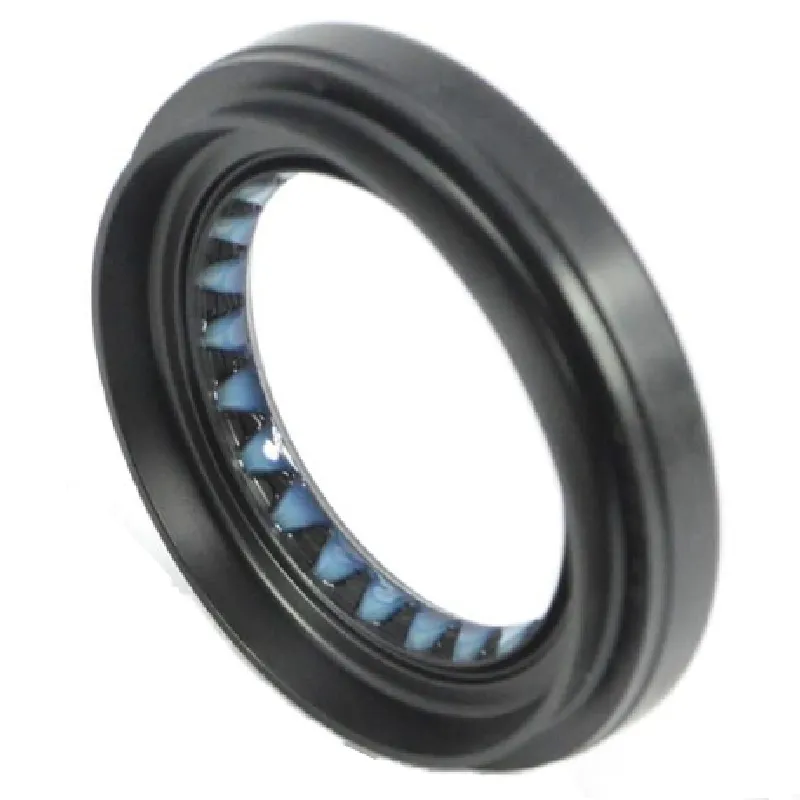gasket flat
The Importance of Gasket Flats in Engineering
Gaskets play a crucial role in numerous engineering applications, providing seal integrity and preventing leaks in various systems. Among the different types of gaskets, gasket flats are particularly significant in ensuring that machinery and equipment operate smoothly and efficiently. This article discusses the importance of gasket flats, their applications, materials, and considerations for selection and maintenance.
Understanding Gasket Flats
Gasket flats refer to flat gaskets, which are usually made from a variety of materials, including rubber, metal, and composite materials. Their primary function is to create a seal between two surfaces to prevent the escape of fluids, gases, or other substances. Gasket flats are characterized by their uniform thickness, providing a reliable and consistent sealing surface that can accommodate a variety of load conditions.
Applications
Gasket flats are widely used in different industries, including automotive, aerospace, plumbing, and manufacturing. They can be found in engine components, pipes, valves, and flange connections. In the automotive sector, for instance, gasket flats are critical in preventing oil and coolant leaks, ensuring optimal engine performance. In plumbing, they help maintain integrity in water and gas piping systems, preventing hazardous leaks that could lead to accidents or damage.
In the aerospace industry, where precision engineering is crucial, gasket flats are designed to withstand extreme pressures and temperatures
. They are used in fuel systems, hydraulic systems, and turbine engines, ensuring the safety and functionality of aircraft components.Materials Used in Gasket Flats
The choice of material is essential for the performance of gasket flats. Common materials include
gasket flat

1. Rubber Known for its flexibility and resilience, rubber gaskets are ideal for sealing applications with significant thermal expansion and contraction. 2. Fiber Fiber gaskets can withstand high pressure and are often used in applications where there is a need for thermal resistance and chemical compatibility.
3. Metal Metal gaskets provide excellent durability and are often utilized in high-temperature environments. They can be solid metal or layered with softer materials to enhance sealing capabilities.
4. Composite Materials These gaskets combine various materials to leverage the advantageous properties of each, providing an optimal balance of flexibility, strength, and resistance to chemicals.
Considerations for Selection and Maintenance
When selecting gasket flats for a specific application, several factors must be considered. These include the nature of the fluids or gases being sealed, operating temperatures, pressure conditions, and compatibility with the materials of the surfaces being joined. Additionally, it is crucial to ensure that the gasket is the correct thickness to prevent compression failure under load.
Maintenance is equally important to ensure the longevity and efficiency of gasket flats. Regular inspections for wear, tear, and chemical degradation can prevent failures that could lead to leaks and costly downtime. In some cases, replacing gasket flats during scheduled maintenance can save time and resources in the long run.
Conclusion
Gasket flats are essential components in various engineering applications, providing reliable seals that prevent leaks and ensure operational integrity. By understanding their importance, applications, material selections, and maintenance practices, engineers and designers can enhance the performance and safety of their systems. As technology advances, the development of innovative materials and designs for gasket flats will continue to improve sealing solutions across multiple industries, further emphasizing their significance in modern engineering practices.
-
Understanding the Front Main Engine Seal: Purpose, Maintenance, and Installation
News Jul.29,2025
-
Understanding O-Rings and Seal Rings: Types, Applications, and Custom Solutions
News Jul.29,2025
-
Understanding Crankshaft Oil Seals: Rear Seals, Pulley Seals, and Their Role in Engine Integrity
News Jul.29,2025
-
The Importance of Front and Rear Crankshaft Seals in Engine Performance and Oil Management
News Jul.29,2025
-
Crank Oil Seals: Functions, Types, and Cost Considerations in Engine Maintenance
News Jul.29,2025
-
A Comprehensive Guide to O-Rings and Seals: Types, Materials, and Global Applications
News Jul.29,2025
-
Mastering Diesel and Performance Engine Maintenance: A Guide to Critical Oil Gaskets
News Jul.28,2025
Products categories















